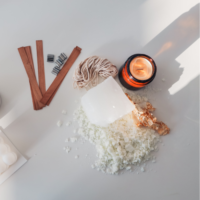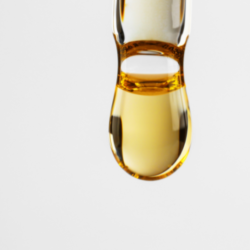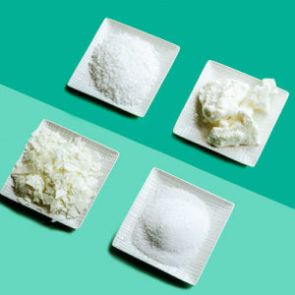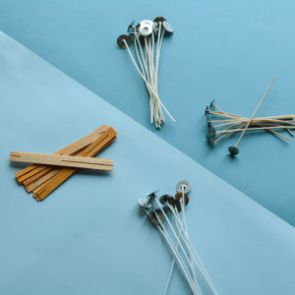Candles and Their Scent Throw
What is scent throw?
This is the term used to describe the strength of fragrance from a candle. The scent throw describes how the candle smells while the wax is solid (cold throw) and how much aroma is given once it has been lit (hot throw).
A question that we get asked very often is: How do I improve my scent throw?
Here are a couple of things that can be looked at to improve your candle and performance.
- Wax Type and temperatures
- Wick series(type) & wick sizing
- Jar/Container
- Fragrance type and fragrance load
- Additives
- Curing
Let’s start by looking at Wax Types
For the purpose of candle making, there are 2 significant types of waxes, Natural waxes (soy wax, bees wax, etc.) & Synthetic waxes (paraffin wax, gel wax). Each of these waxes performs differently, based on it’s makeup/composition.
The most common waxes in use, and for the purpose of this article, are soy wax and paraffin wax.
Soy wax is made from the oil extracted from the soya bean, which is then hydrogenated into a wax. It is typically softer than paraffin, although it is more denser than paraffin wax.
Paraffin wax is made from petroleum. It sets harder, making it a lot more stable than natural waxes.
Paraffin wax typically has a better scent throw; hot & cold; than soy or natural waxes do. However, soy wax will keep scent far longer than paraffin wax does, which is why many commercially produced candles lose their scent after a while.
It is also important to note that the temperature you add your fragrances at also affect your throw. This simply means, too hot and you will burn off some fragrance notes and too cold, the fragrance won’t blend into the wax properly. It’s recommended to follow the manufacturer’s instructions on the temperatures and apply slight adjustments for your climate.
Wick Series & wick sizing
The wick you choose; cotton vs wood, does impact your scent throw. Wooden wicks have a slightly better scent throw than a cotton wick. The right wick size will also influence your hot throw – wick size, refers to the burning capacity of your wick. The appropriate wick needs to be selected to match the diameter of your candle, the correct size wick will achieve a melt pool from end to end, an incorrect wick will not melt from end to end, and the left over wax will be wasted – no scent dispersion.

Jar/Container
The jar you choose will also affect the scent throw you will get, the smaller and narrower the jar opening is the less scent throw your candle will have.
The reason for this is simply a candle needs oxygen for the flame to burn and release the fragrance from the wax. The flame from your candle has to push out carbon dioxide and then pull in oxygen at the same time, the smaller the opening of your jar, the less room there is for this process to happen. Larger diameter jars with the right size wick/s will perform much better as the oxygen to carbon dioxide ratio is more equal.
Fragrance
The type of fragrance used in your candle will have an impact on your scent throw. The type of fragrance simply refers to using either a fragrance oil or an essential oil in your candle. Fragrance oils are formulated specifically for their fragrant properties, and as such provide a better scent throw in candles.
Another big factor to consider for scent throw, regarding fragrances is the specific scent you have chosen for your candle. Certain scents are naturally lighter or softer, this will still give great scent throw, it will just be true to the nature of that specific scent – light or soft. Scents that are naturally strong or bolder, will throw exactly the same you will just notice the scent more owing to is natural strong qualities.

Additives
There are additives you can add to your wax to assist with enhancing your scent throw, like coconut oil & stearic acid. The use of these products, will depend on the wax you have chosen to work with.
You can also make your own blends to improve your wax. a few examples are Soy/coconut & Soy/paraffin.
Curing
Curing referres to the chemical process in which the fragrance and your wax properly bind and mix together. This process happens naturally as your candle sets, and continues after it is set. The longer you cure your candle, the better your scent throw will be and the scent will last longer in your candle as well. Curing time is between 3 – 14 days depending on the type of wax used.
So what is the conclusion?
All the above will greatly influence your candles and performance, so take a look at your process and see how each factor influences your candle’s performance, adjust where you feel you may need and test, test, test. Remember to take notes of the changes you are making so that you have a comparison for future batches.
Happy Pouring!




